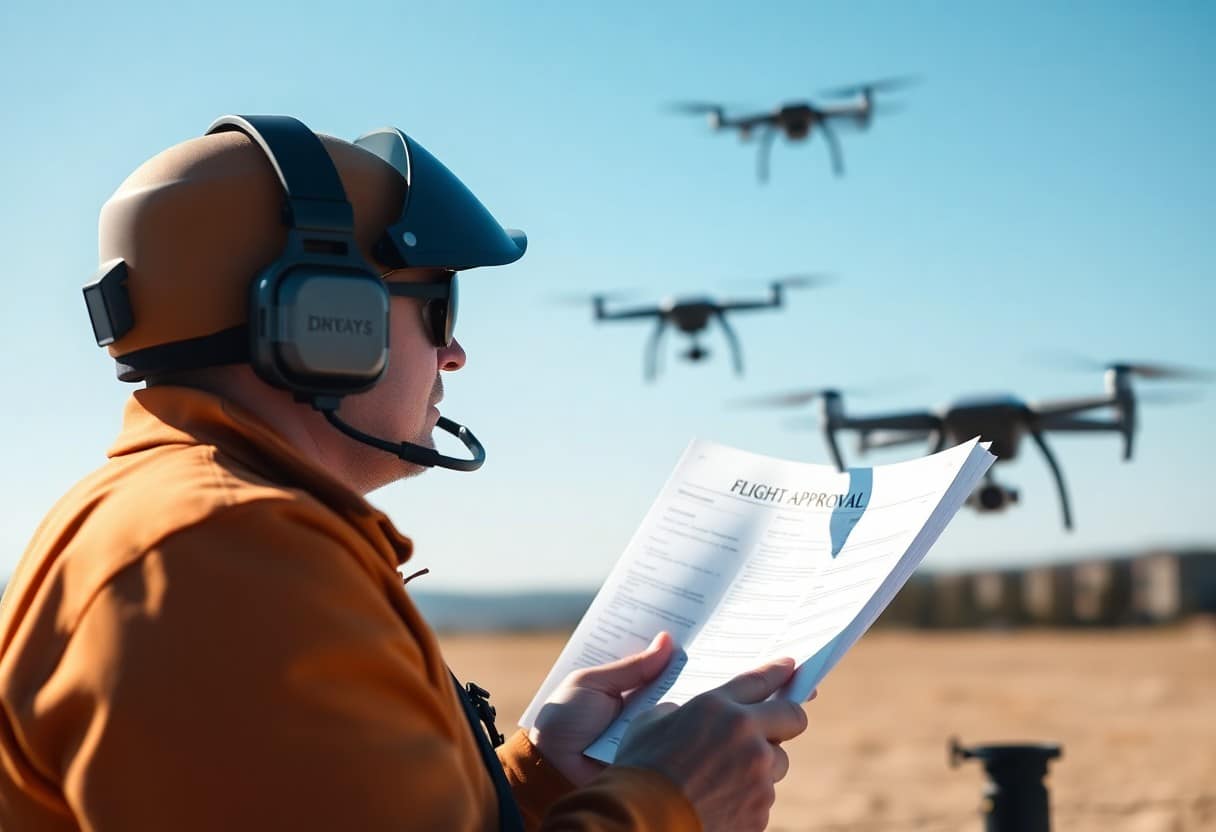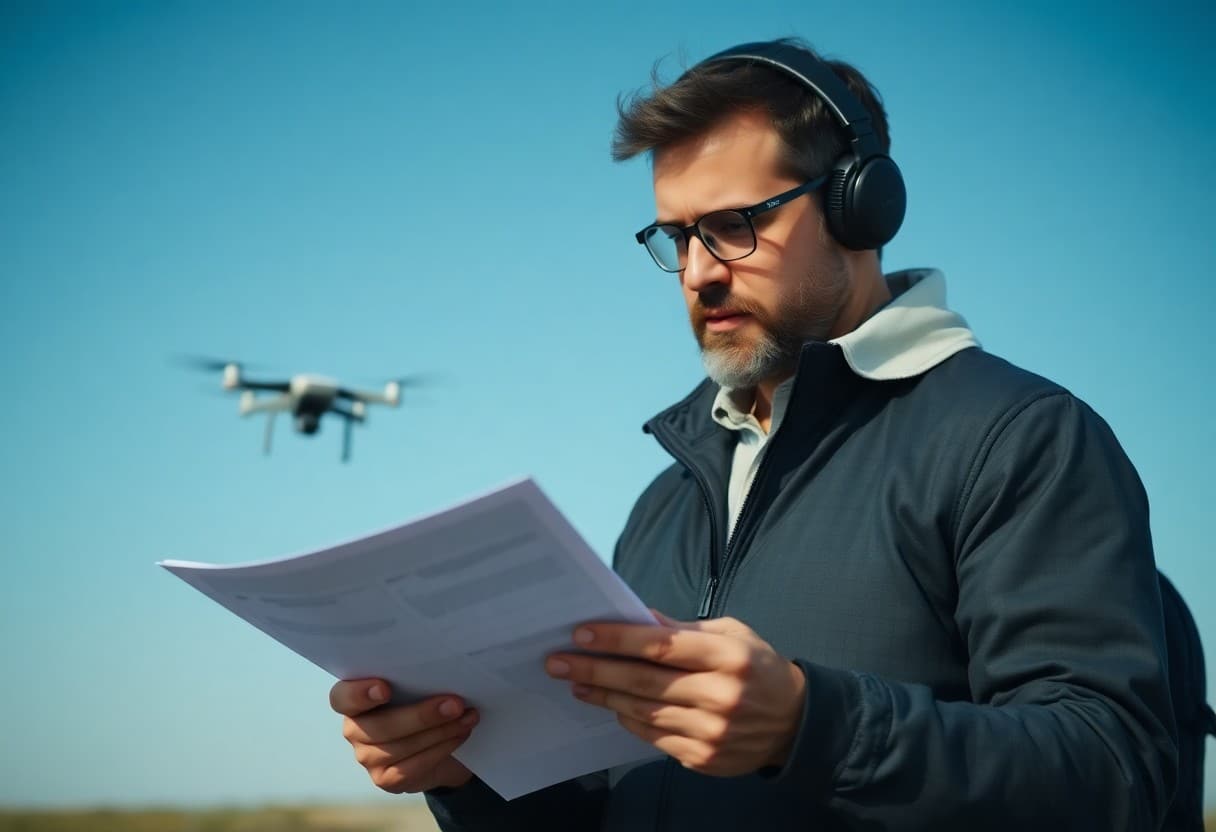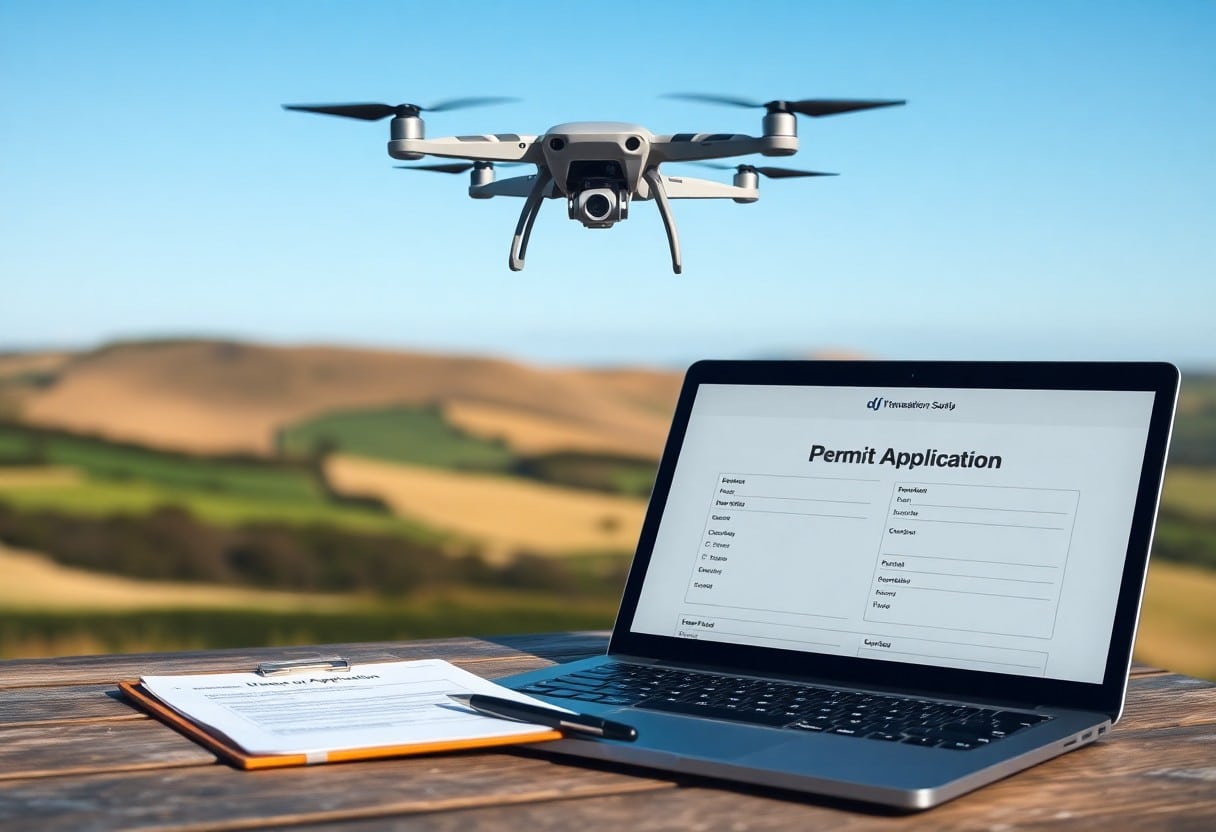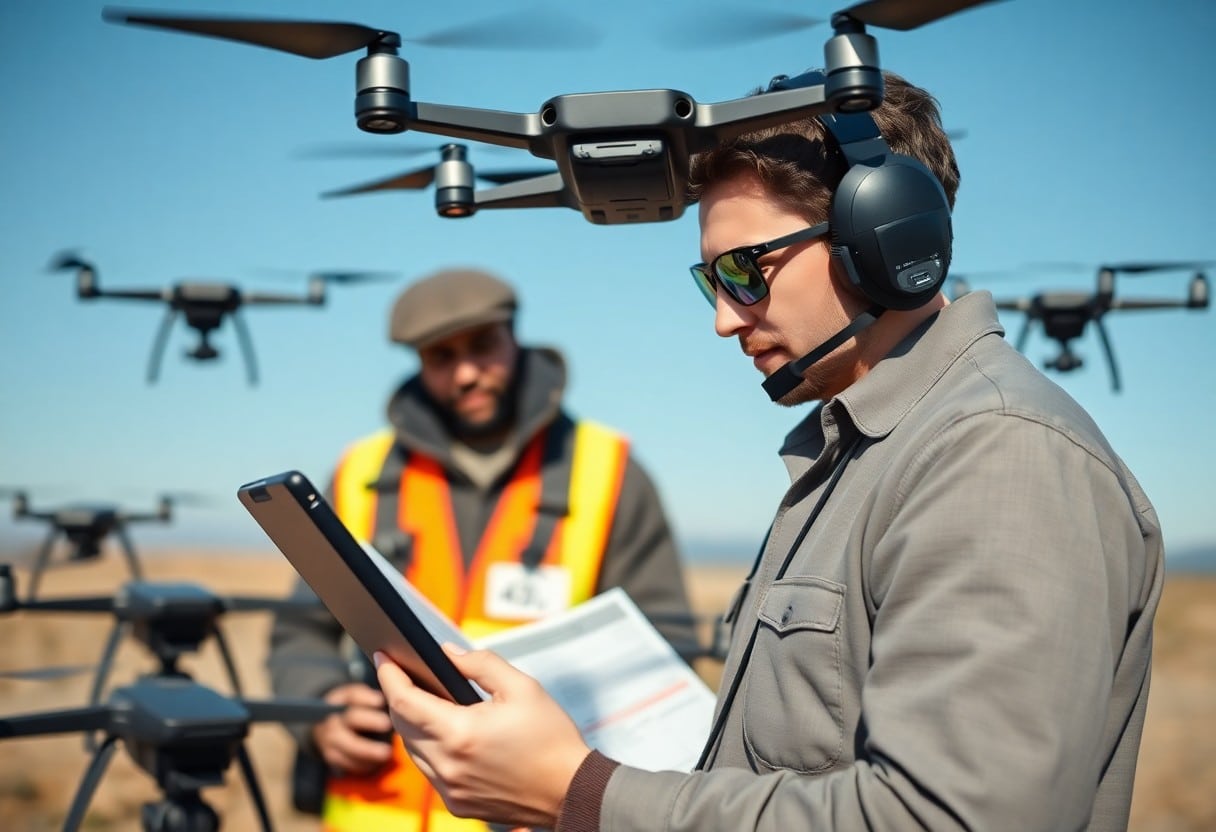How do you ensure a smooth airborne flight approval experience?
Ensuring that your aerial photography licensing process runs smoothly is critical. Understanding the necessary regulations and procedures can help you minimize unnecessary risks and delays. First, you should familiarize yourself withRequirements of local aviation authoritiesSecondly, you should prepare all the necessary documents and information in advance. Secondly, in advanceSubmit an Applicationand allow plenty of time for potential problems, which will greatly increase your chances of successful approval. By taking these steps, you will be able to enjoy a smoother aerial photography experience.
Important points:
- Understanding Regulations: It is important to have an in-depth understanding of local aviation regulations and requirements before applying for an air flight authorization.
- Preparation of Papers: Ensure that all required documents and application forms are complete and accurate.
- Early application: Early submission of the application will increase the chance of approval and allow time for possible modifications.
- Communication with relevant organizations: Maintain contact with aviation regulatory agencies to ensure timely information and updates.
- Check the flight plan: Check carefully and make sure the flight plan meets all requirements.
- Consideration of climatic factors: Understand the local weather conditions and adjust your program according to weather changes.
- Maintaining Flexibility: Maintain flexibility when necessary to respond to unexpected situations or changes.
Understanding Airplane Approvals
Before applying for an air flight approval, it is important to first have a clear understanding of the process. Understanding the basic requirements of air flight, the regulations and procedures for different operations will help you avoid unnecessary hassles and ensure that the approval process goes smoothly. It is very important to read the regulations carefully so that you will be able to target and be prepared for any challenges.
Regulations and Guidelines
For TV aerial photographers and commercial flyers.Compliance with local regulations and guidelinesIt's important. These regulations not only ensure safety, but also help you operate legally. Knowing these regulations allows you to be compliant and helps give you a better chance of success in obtaining flight authorization.
Required documents
When applying for flight authorizationPreparation of necessary documentsThis is a critical step. These documents often include flight plans, personal identification, and other supporting documents, the lack of which may result in delayed or denied applications. Ensuring that all documents are accurate and complete will help increase your chances of success.
When submitting your flight authorization application, you need to pay special attention toPreparation of necessary documentsThe applicant will normally be required to submit a flight plan. Usually, the applicant will require a flight plan that details the purpose, time, location and intended route of the flight. In addition, you will need to provide personal identification and a copy of your license or permit to prove your legal eligibility. Other supporting documents may include proof of insurance and appropriate maintenance records, which must be accurate and properly prepared to avoid any potential application problems or safety risks.
Pre-flight Preparation
Before applying for an aerial photography permit, conduct sufficientPre-flight PreparationIt's important to have a clear understanding of the local flight regulations, weather conditions and the functionality of your equipment. This includes having a clear understanding of local flying regulations, weather conditions, and the functionality of your equipment. Being prepared in advance can help you avoid unnecessary hassles and ensure a smooth and enjoyable flying experience.
Plan your flight path
When planning your flight path, you need to considerNo Fly Zoneand other possible restrictions. Ensure that your path does not enter densely populated areas or near sensitive facilities to minimize unnecessary risks. At the same time, arrange for appropriate takeoff and landing points to facilitate a smooth flight.
Interaction with local authorities
ActiveInteraction with local authoritiesAerial photography is a critical step in obtaining an aerial photography permit. You should contact the appropriate organization in advance to learn about local laws and policies. They may be able to provide specific advice on the permitting process, which will help you get the approvals you need.
ThroughCommunication with local authoritiesThis will not only allow you to receive accurate information about your flight requirements, but will also build a good relationship of trust. This will also benefit future aerial photography programs. Remember, being proactive and transparent will greatly increase your success in obtaining permits, so you need to keep in touch with the authorities in a timely manner and clearly communicate your needs and plans.

Technical Notes
It is important to ensure that all technical considerations are taken into account during the process of obtaining an airborne flight authorization. You will need to carefully inspect your flight equipment to meet all safety requirements, as well as adequately test your communication systems to ensure a stable connection to the ground during the flight.
Equipment Inspection
Before flying, you must perform a thorough equipment check on your drone. Make sure that all parts are working properly, including the batteries, propellers and sensors. If the equipment fails, this could result inunforeseenand even causeInjury to personnelmaybeLoss of propertyThe
Communication System
Maintaining a good communications system is critical to flight safety. Your equipment should have a stable signal connection and maintain communication with the control center and other aircraft. Communication failures can result inFlying AccidentmaybeInability to react in timeThe seriousness of the consequences.
When selecting a communication system, consider using one of thoseimmunity to interferenceA device that is strong and stable over long distances. You need to test the communication link regularly to ensure that it stays connected, even in high-intensity operating environments. In addition, consider using a spare communications device in case the primary communication fails. This preparation will add a layer of confidence to your flight.Security ProtectionThe
Security Agreements
Before flying by air, you must comply with all of theSecurity AgreementsThis includes understanding local laws and regulations as well as flight restrictions to ensure that your flying activities do not threaten your safety or the safety of others. This includes knowing the local laws and regulations as well as flight restrictions to ensure that your flying activities do not pose a threat to your safety or the safety of others. You can refer toDrone Laws - 5 Steps Every Pilot Must Knowfor additional security guidance.
Risk Assessment Process
Before flying any airplane, you should conduct a thoroughRisk Assessment ProcessThis process includes assessing the surrounding environment, weather conditions and potential obstacles to ensure that your flight plan is not affected by unforeseen circumstances. This process involves evaluating your surroundings, weather conditions and potential obstacles to ensure that your flight plan is not affected by unforeseen circumstances.
Emergency Response Plan
When planning to fly, you must have aEmergency Response PlanTo cope with all kinds of unexpected situations that may arise. This includes not only dealing with equipment failures, but also climate change or personnel safety issues. Ensure that all relevant personnel are aware of these plans and are prepared at all times.
insightEmergency Response PlanIt will help you to be fully prepared for potential crises. During your flying activities, it is always a good idea to have a detailed emergency manual that covers the steps to take in case of an emergency. This not only protects you, but also your team and your surroundings. Remember to conduct emergency drills on a regular basis to ensure everyone is familiar with the plan and how quickly you can react.

Navigation Approval Process
To ensure that your drone flight is approved, you first need to understand the official navigation approval process. This includes a detailed understanding of the relevant laws and regulations, as well as how to prepare the appropriate documentation and information. You can refer to this articleWhich software is most effective for drone 3D modeling?This will give you a good foundation for the application process.
Submit your application
Once you have prepared all the necessary documents, please submit your application in the manner specified. Make sure your information is complete and correct to avoid unnecessary delays. Clearly describing your purpose and plans for the flight will help increase your chances of approval.
Follow-up and Communication
After submitting your application, it is important to maintain effective communication with the relevant organizations. You can regularly follow up on the status of your application to express the importance of obtaining approval, emphasizing the followingtimelinessrespond in singingProfessionalismThe
In terms of follow-up and communication, you should check your email and contact details regularly to receive any updates or further requests in a timely manner. Use ofFriendly and professionalBe prepared to provide additional information that will help facilitate the approval process. Being patient and taking every piece of feedback seriously will help you accumulate good experience for future applications.

Common Challenges and Solutions
When applying for an air flight authorization, you may be faced with someCommon ChallengesFor example, incomplete or non-compliant documentation. To overcome these issues, you can follow a clear process and refer to theWhich 3D design programs offer the most innovative features?To ensure compliance every step of the way and reduce the risk of application rejection.
Addressing potential barriers
During your air flight application process, there may be somePotential BarriersThis may include, for example, inaccurate geographic location data or flight plans. Carefully checking all the information and contacting the relevant authorities in advance can help to eliminate these difficulties and ensure that the application goes smoothly.
Lessons Learned from Previous Approvals
Every successful aviation flight approval case provides valuablelessonAnalyze your past experience. By analyzing past acceptance experiences, you can find out what strategies worked and where you need to improve to be more comfortable with future applications.
Through the review and Analysis of past approval experienceBy identifying the mistakes you may have made during the application process, you can ensure that you don't make the same mistakes again. By summarizing these experiences, you can improve your document preparation, communication, and time management, all of which can significantly improve your chances of approval. Remember, every application is a learning experience, and utilizing these lessons will make your future experiences much smoother.
How do you ensure a smooth airborne flight approval experience?
To ensure that you are able to successfully obtain air travel authorization, you should be aware of all relevant regulations and processes in advance and have the required documents and applications ready. Maintain good communication with your local aviation authority, provide a clear flight plan and respond to any questions in a timely manner when required. In addition, maintaining a professional attitude and a good track record will help improve your chances of getting approved. Being well-prepared can make your flying experience much smoother.
Frequently Asked Questions
Q: How do I start the process of applying for an air travel permit?
A: The first step in getting started on your air travel permit is to understand the specific type of permit you need. Next, prepare all the necessary documentation, including a flight plan, aircraft information and any associated safety measures. You can visit the relevant aviation authority's website for specific application guidelines.
Q: What is the best time to secure flight approval?
A: It is best to start the application process at least a few weeks in advance of your planned flight to ensure that you have enough time to deal with possible delays, especially during busy seasons or high demand periods.
Q: What information should I provide to support my application?
A: In addition to the basic flight plan, the following information: the purpose of the flight, the intended take-off and landing sites, the route to be flown, the type of aircraft and its pre-assessed risks, and countermeasures, will help to improve your chances of approval.
Q: What are some common mistakes that can affect my application?
A: Common errors include incomplete documentation, incorrect contact information, lack of required safety plans, and failure to submit applications by the deadline. Any of these issues may result in a delay or denial of approval.
Q: How can I keep in touch with the aviation authorities to get information on the progress?
A: Being proactive is key. Regularly check on the progress of your application and use the application number to communicate with the relevant department to ensure they have the most up-to-date contact information and any supplementary information they need.
Q: What should I do if my application is rejected?
A: If your application is denied, you should first read the denial letter carefully to understand the specific reasons. Then, follow the instructions to correct the issues and resubmit after understanding all the requirements. If necessary, consider seeking professional assistance.
Q: Do I need to follow specific safety instructions during flight?
A: Yes, even with flight authorization, it is still important to follow all relevant safety regulations and guidance, including navigation rules, weather condition assessments, and emergency response plans, to ensure a safe flying experience.




